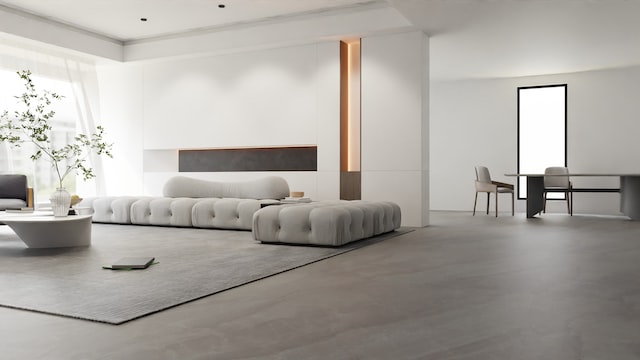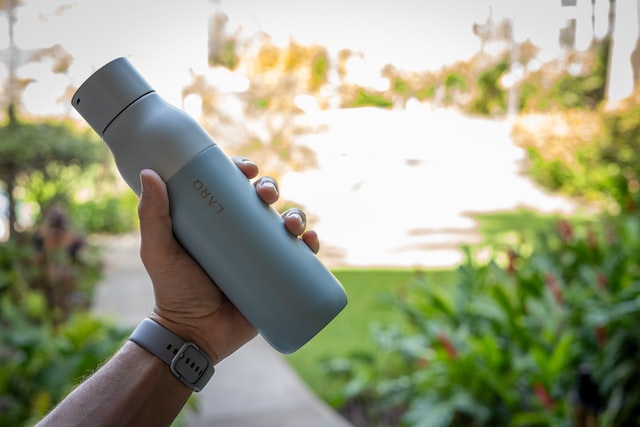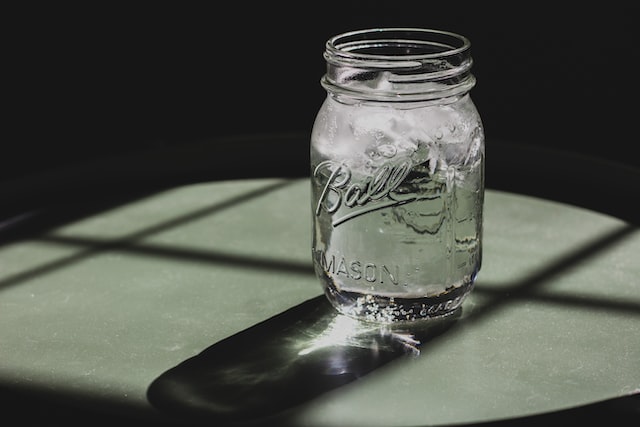
Estimated reading time: 8 minutes
Summer is here and so is the heat. Even though it’s one of the best times of the year, feeling hot at home gets old pretty quickly. Your go-to way of keeping cool may be air conditioning, but this can skyrocket your electricity bill and have a negative impact on the environment. Luckily, there are lots of free ways to cool down a room.
How To Cool Down Your Room?
- #1. Draw your curtains during the day
- #2. Use a fan
- #3. Create a cross-breeze
- #4. Turn off your electronics
- #5. Sleep lower
- #6. Camp outside
- #7. Stay hydrated and eat lighter food
- #8. Take contrast showers
- #9. Tie up your hair
- #10. Avoid working out before you sleep
- #11. Place bowls of cold water around the house
- #12. Dry your clothes outside
- #13. Use window fans
- #14. Close doors to unoccupied spaces
- #15. Check your home’s ventilation system
- #16. Use eco bulbs
- #17. Cool down surfaces
- #18. Turn on your cooker hood
- #19. Keep lights off during the day
- #20. Bonus: 2 low-budget tricks for renters
- FAQ: How to Cool Down Your Room
Keep reading for a complete guide on how to cool down a room without keeping on the air conditioner.
#1. Draw your curtains during the day
Leaving your windows open and uncovered during the day lets in a lot of heat. Instead, keep your windows closed and, if possible, covered on the outside.
On the inside try using shades or blinds. Dark-colored curtains made from dense material are more effective for keeping the sun out of your room.
#2. Use a fan
Ceiling, tower, and floor fans can help keep your room temperature low if used effectively. Fans are a great option when you don’t have an AC, especially because they are affordable and have little effect on the environment and are affordable.
Set your ceiling fan to rotate clockwise so it can pull hot air upwards and push it out. Place one fan on the coolest side of the room to allow cooler air to blow inwards.
#3. Create a cross-breeze
Position your fans in front of open windows and doors, so they create a cooling cross-breeze. The best method is to allow a breeze to enter one window and exit directly from another one.
#4. Turn off your electronics
Turn off electronics such as dishwashers, stoves, and dryers when you’re not using them, as they emit a lot of heat.
#5. Sleep lower
Hot air rises while cool air remains lower. Try out a “floor bed” and drop your mattress on the floor for cooler sleeping.

#6. Camp outside
When it’s too hot inside, sleep outside where the air is cooler. Make a night of it and set up a camp, or try sleeping under the stars if you’re up for it!
#7. Stay hydrated and eat lighter food

Hot weather can cause dehydration as the body sweats to keep its temperature down. So stay hydrated and eat lighter foods than usual, which require less energy to digest.
How many liters of water should you drink in summer?
According to experts, in general, a person must drink at least 2 to 3 liters of water every day. But when the heat is high, the body sweats and there may be a lack of water. In this case, 3 to 4 liters of water should be drunk.
#8. Take contrast showers
Alternating cold and hot water when you shower can help your body adapt to temperature changes. If you dread cold showers, try lukewarm water, which will help lower your body temperature. Also contrast showers help you boost energy & immune system, alleviate depression, and promote muscle recovery.
#9. Tie up your hair
Hair is an insulator that traps heat on your neck. During hot seasons, tie up your hair to keep your neck cooler.
#10. Avoid working out before you sleep
Warmer air temperatures, humidity, and exercise increase your body temperature. Your body heats up because it produces energy, making it harder to fall asleep.
#11. Place bowls of cold water around the house
Place bowls of cold water or ice in front of any fans in the house so the air they blow will be cooler. Be sure to keep your doors and windows closed when doing this in order to trap the cool air inside.

#12. Dry your clothes outside
Using a dryer is not only energy-consuming, but it literally warms the air in your house. Hang your clothes to dry outside instead – this will save you money, keep you cooler, and make less of a negative impact on the environment.
#13. Use window fans
Window fans are designed to push warm air out and draw cold air in. However, they won’t work as expected if the outdoor temperature is higher than the indoor temperature, making the early morning or nightime the best times to do this.
#14. Close doors to unoccupied spaces
When you’re not in a room, close its doors to keep its hot air out, especially if you’re using cooling down methods in other rooms.
#15. Check your home’s ventilation system
If your ventilation is not working correctly, hot air will remain trapped inside your home. Ventilations are designed and located on the upper side of the walls, as hot air rises.
To fix any ventilation problems, call a professional HVAC service technician. Don’t try to repair the problem yourself, as your DIY work may cost you more in the end.
#16. Use eco bulbs
Regular incandescent bulbs can get hot and heat up your room. Try replacing them with energy-efficient eco bulbs to lower your power bills and reduce heat levels.
#17. Cool down surfaces
Some surfaces absorb and retain heat during hot weather, which can increase a room’s temperature, especially at night. To curb this, you can cool down these surfaces by cleaning them with cold water. Clean the floors, kitchen counters, and other surfaces that tend to retain heat.
#18. Turn on your cooker hood
Cooker hoods often have a fan inside them, while others have an external one on the outside. They remove grease, smoke, odors, and heat produced when cooking. Turning the hood on, even when you’re not cooking, will remove the hot air as the hood sucks it up. Fans in your home can then blow cooler air around the room.
#19. Keep lights off during the day
Light bulbs, even the energy-efficient ones, give off heat. Take advantage of natural light as much as possible during the day. Fortunately, summer days tend to end later, at sometimes 8 or 9 pm.
#20. Bonus: 2 low-budget tricks for renters
If you’re a renter, you may not have much say in a room’s design, particularly air and ventilation. You could be on a budget too, and may not be able to afford a big fan. Here are 2 budget-friendly ways you can cool down your space if you’re renting a room without an AC:
- Buy smaller, portable fans that you can carry around with you easily
- Instead of expensive window coverings, use aluminum foil.
FAQ: How to Cool Down Your Room
Q: How can I cool down my room without using air conditioning?
A: There are several methods to cool your room without AC, such as using fans, keeping curtains closed during the hottest parts of the day, and using natural ventilation by opening windows at night. Placing ice in front of a fan can also create a cooling breeze.
Q: What are some effective ways to cool your room at night?
A: To cool your room at night, use breathable bedding, keep windows open to allow for cross-ventilation, and use fans strategically. You can also try placing a wet sheet in front of an open window to cool the air as it enters your room.
Q: How do I cool down my dorm room effectively?
A: Cooling down a dorm room can be challenging, but you can use portable fans, block out sunlight with blackout curtains, and use cooling gel pillows and mats. Additionally, avoid using heat-generating electronics before bed.
Q: What are some quick ways to cool down a room?
A: To quickly cool down a room, use fans to circulate air, apply damp cloths to pulse points, and create an ice bucket breeze by placing a bowl of ice in front of a fan. Also, try reducing the number of heat sources in the room, such as lights and electronics.
Q: How can I cool down my room during the summer?
A: During summer, keep your room cool by using reflective window films, running ceiling fans counter-clockwise, and utilizing houseplants to create a cooler microenvironment. Also, avoid cooking indoors during the hottest parts of the day.
Q: What is the best way to cool down a room without a fan?
A: Without a fan, you can cool your room by maximizing natural ventilation, using damp sheets, and keeping windows open at night while closing them during the day. Shade your windows with reflective materials or blackout curtains to block heat.